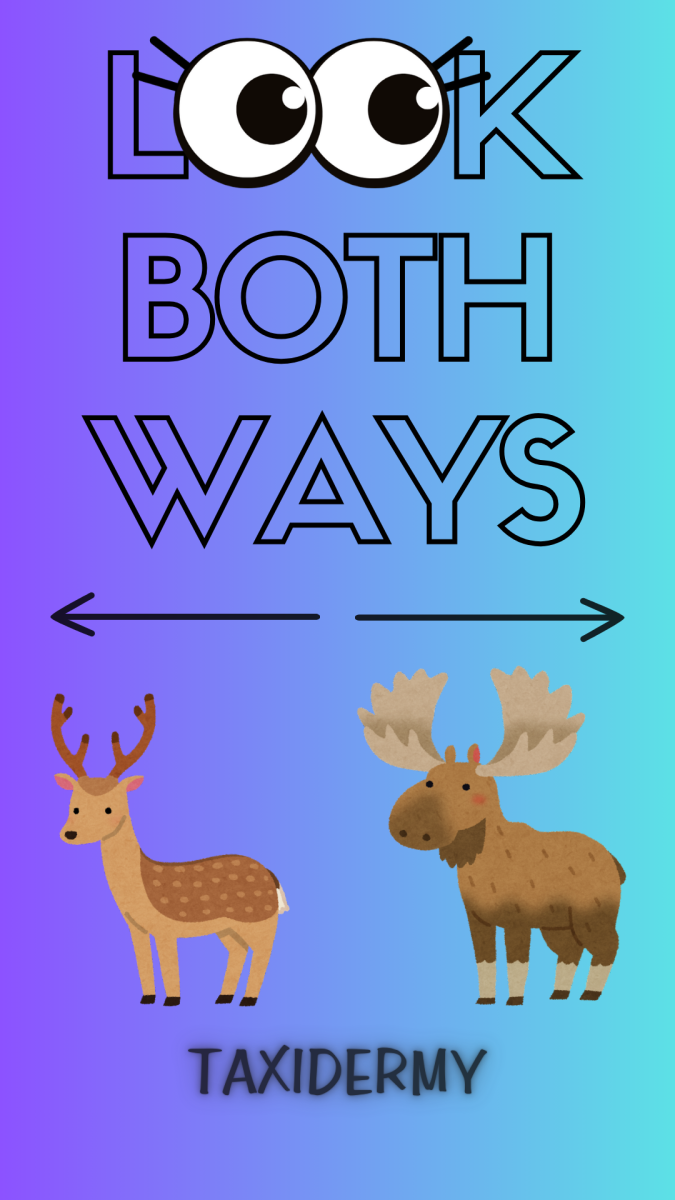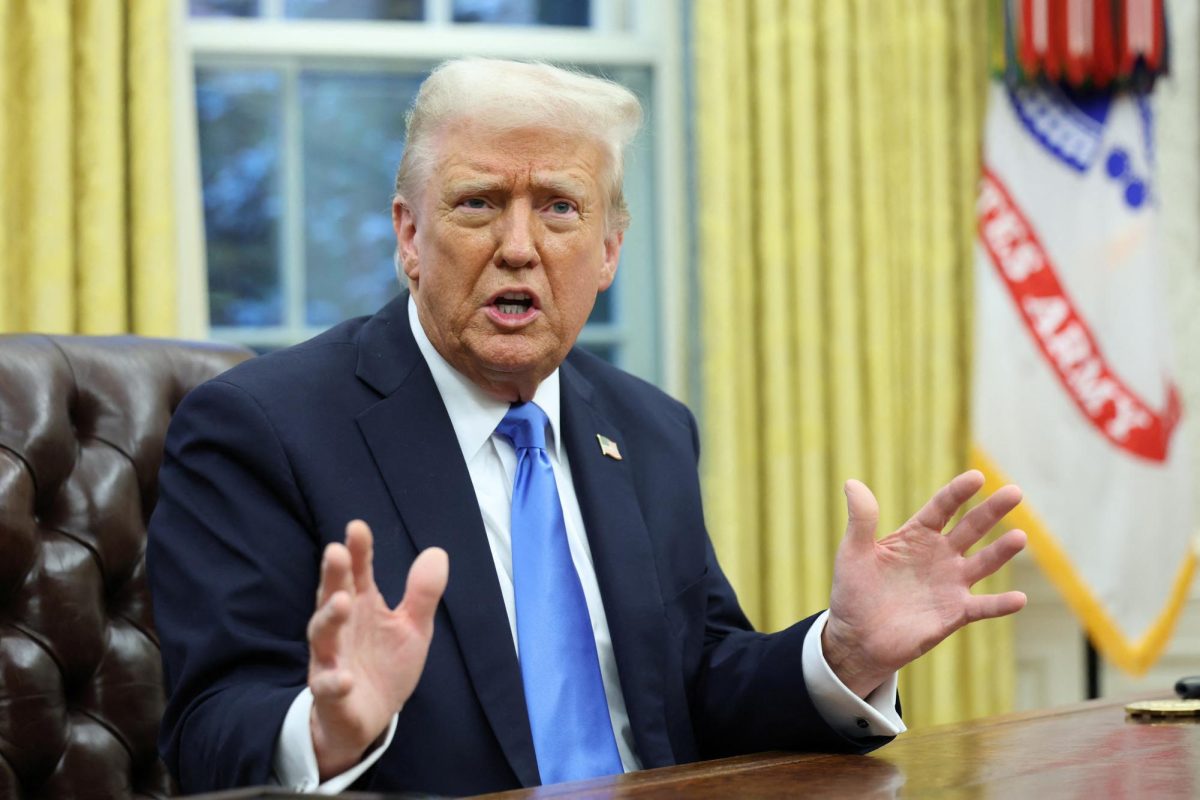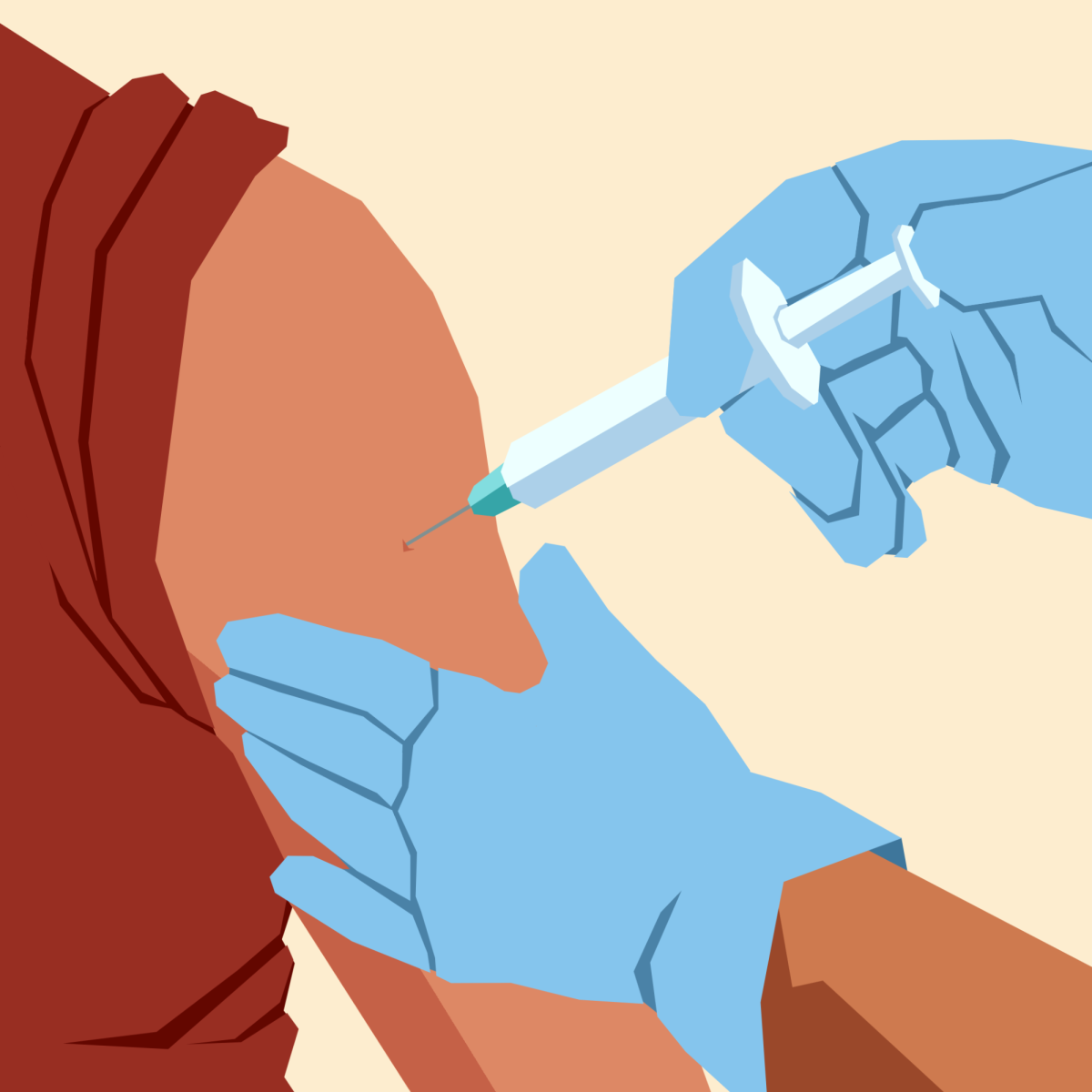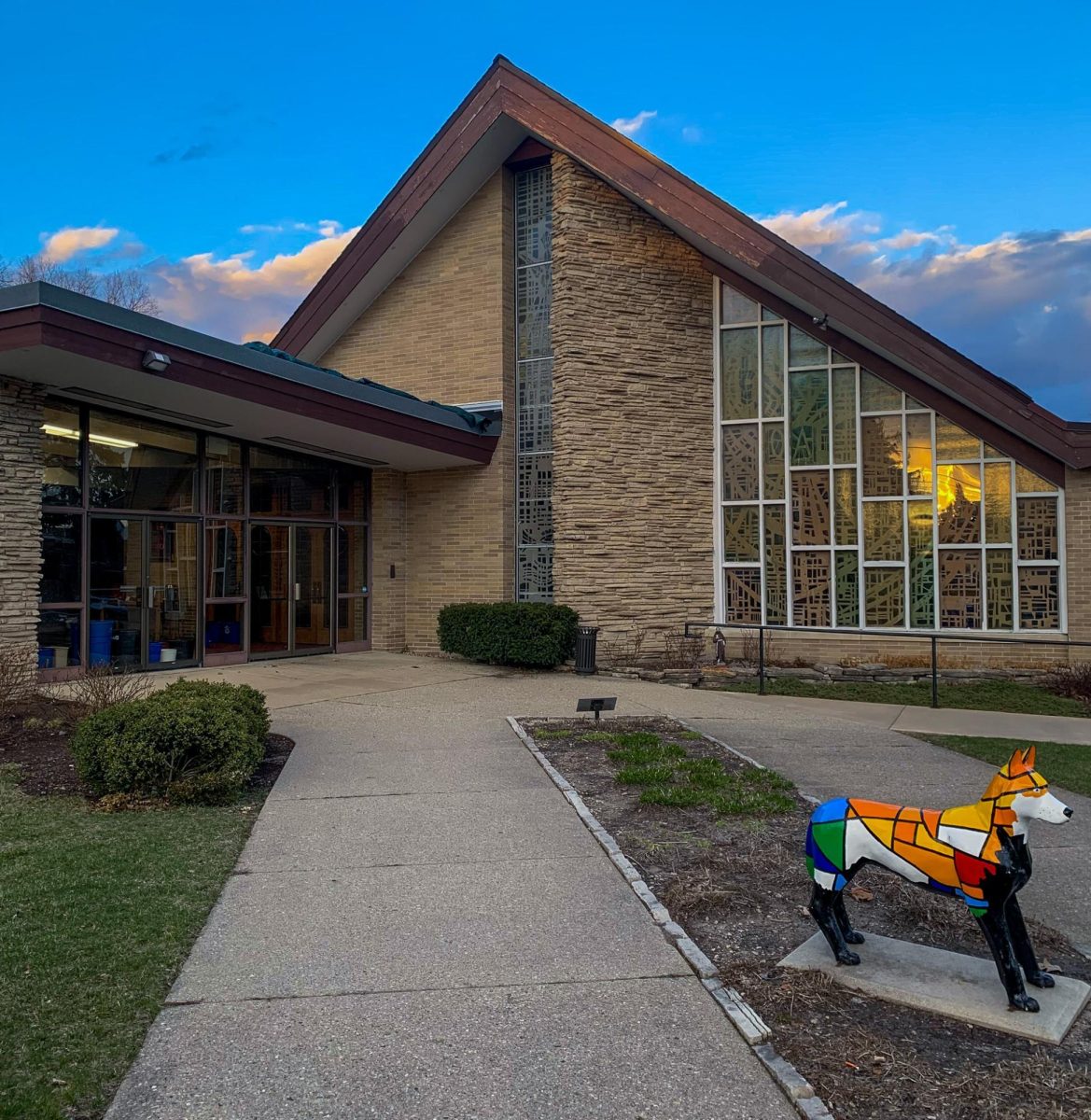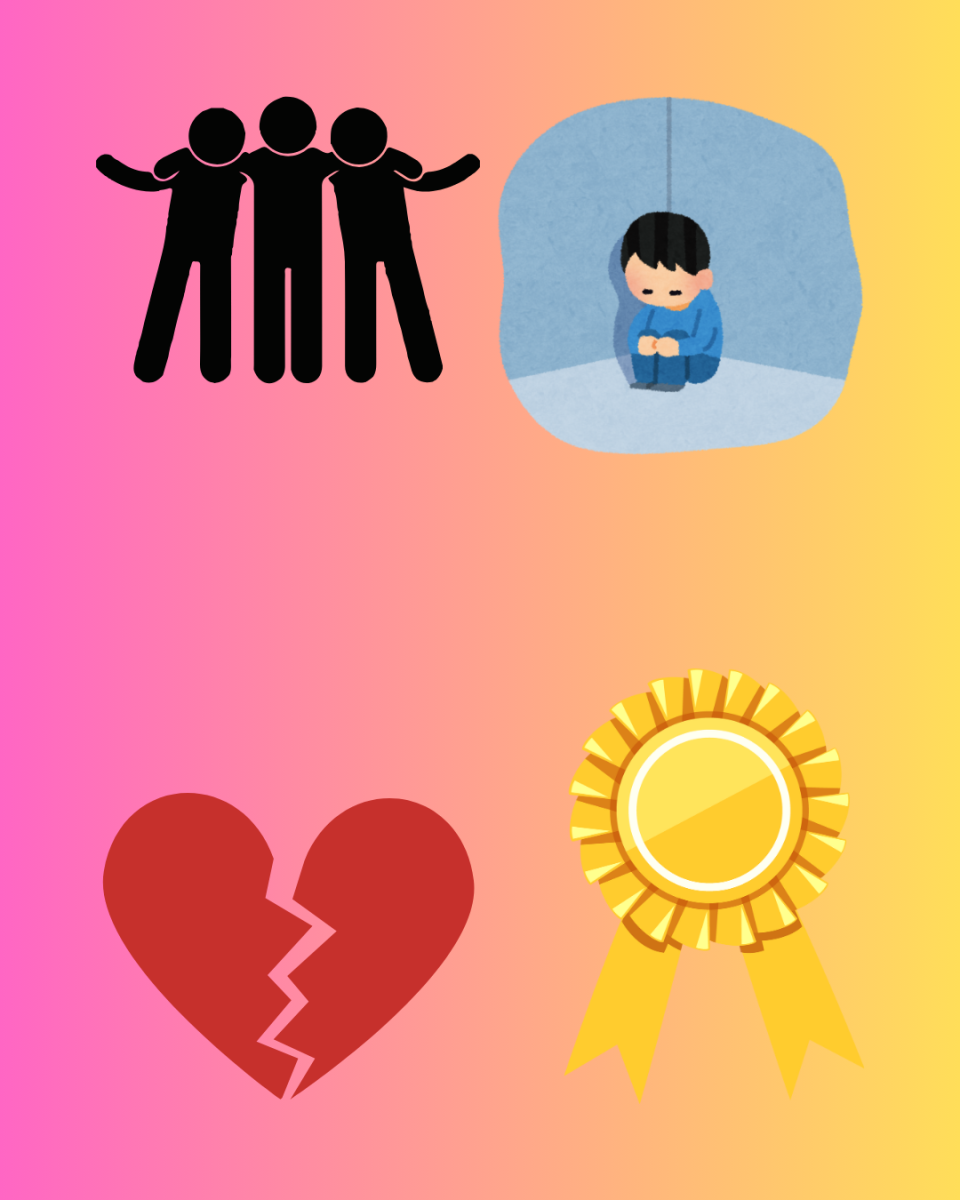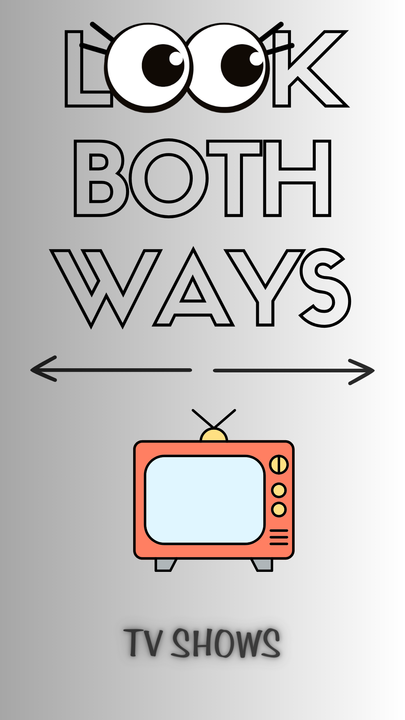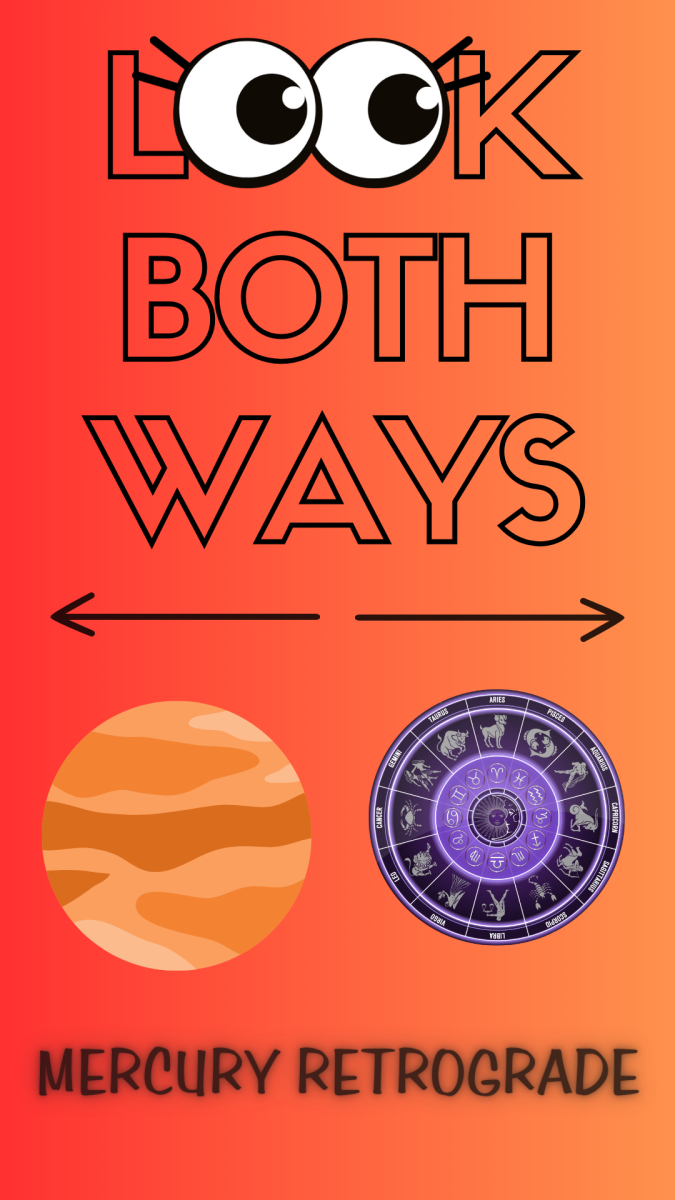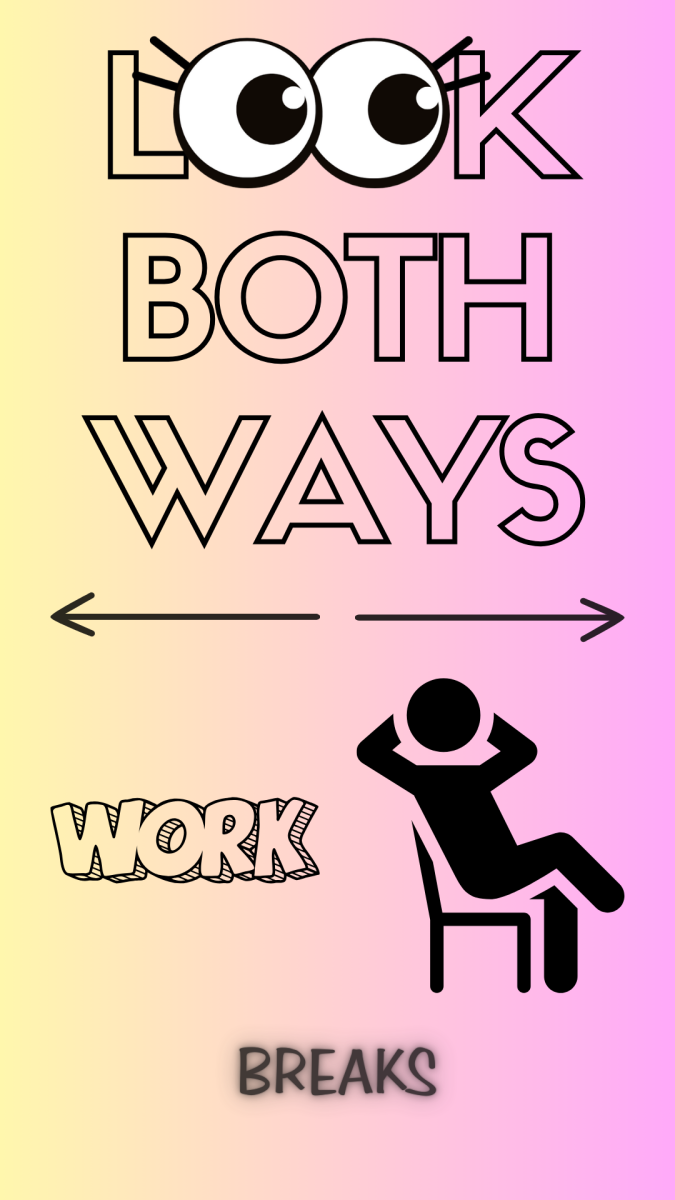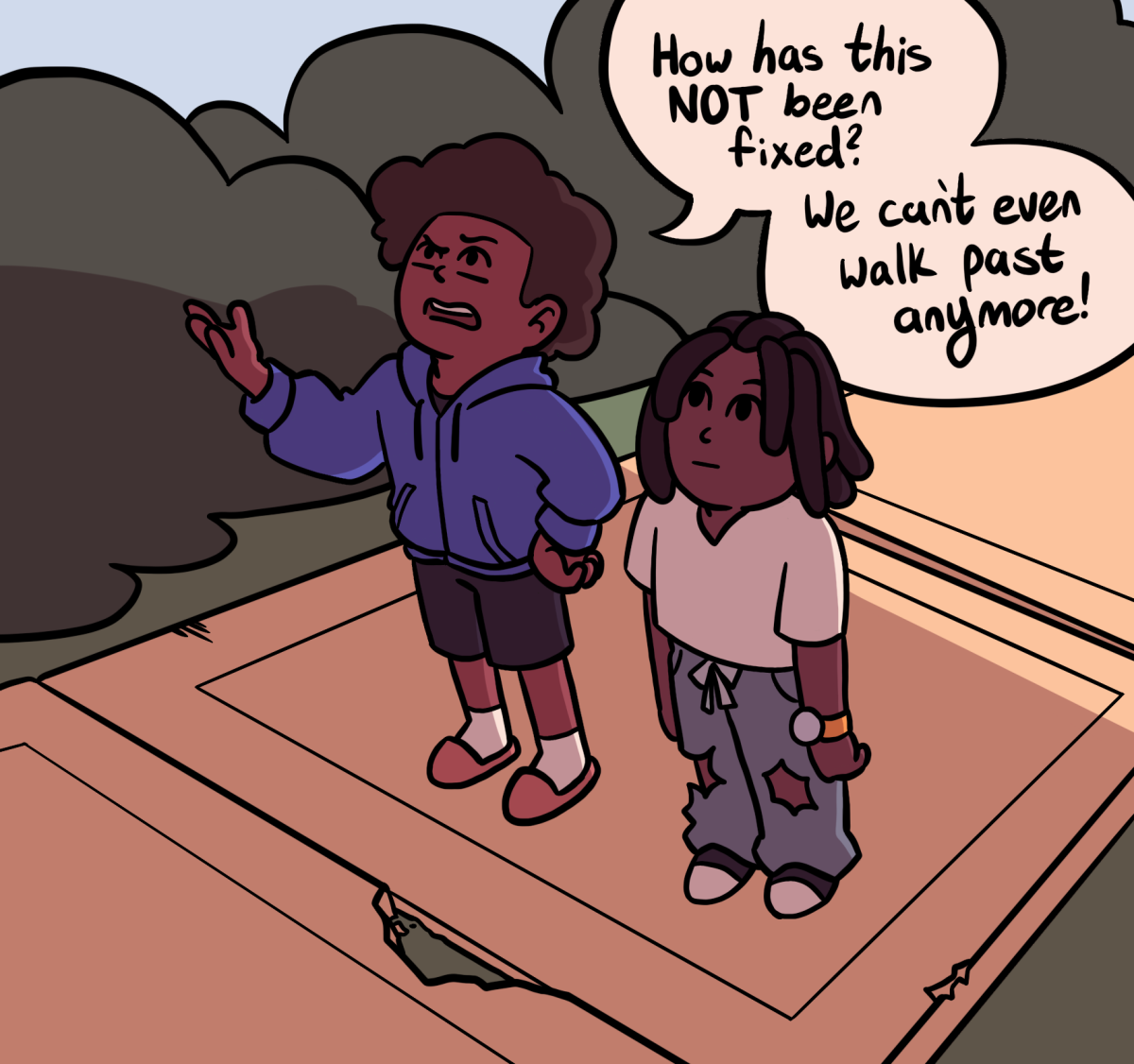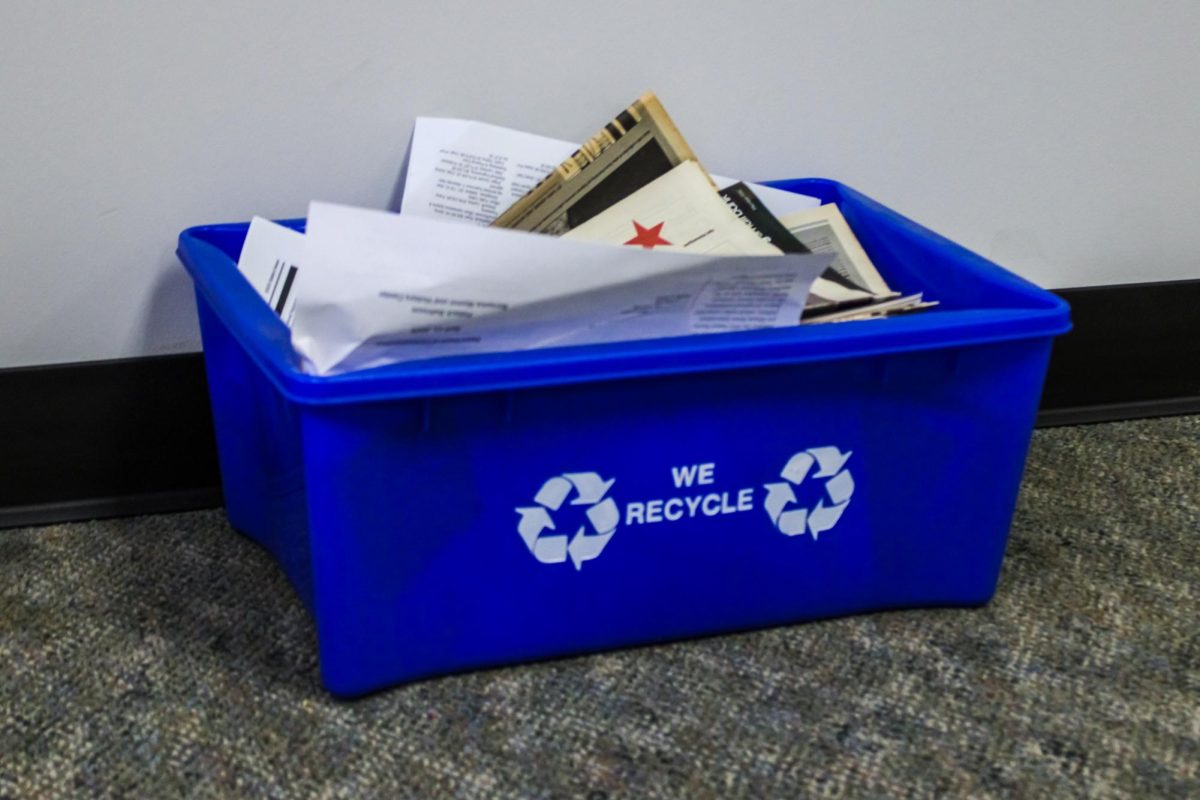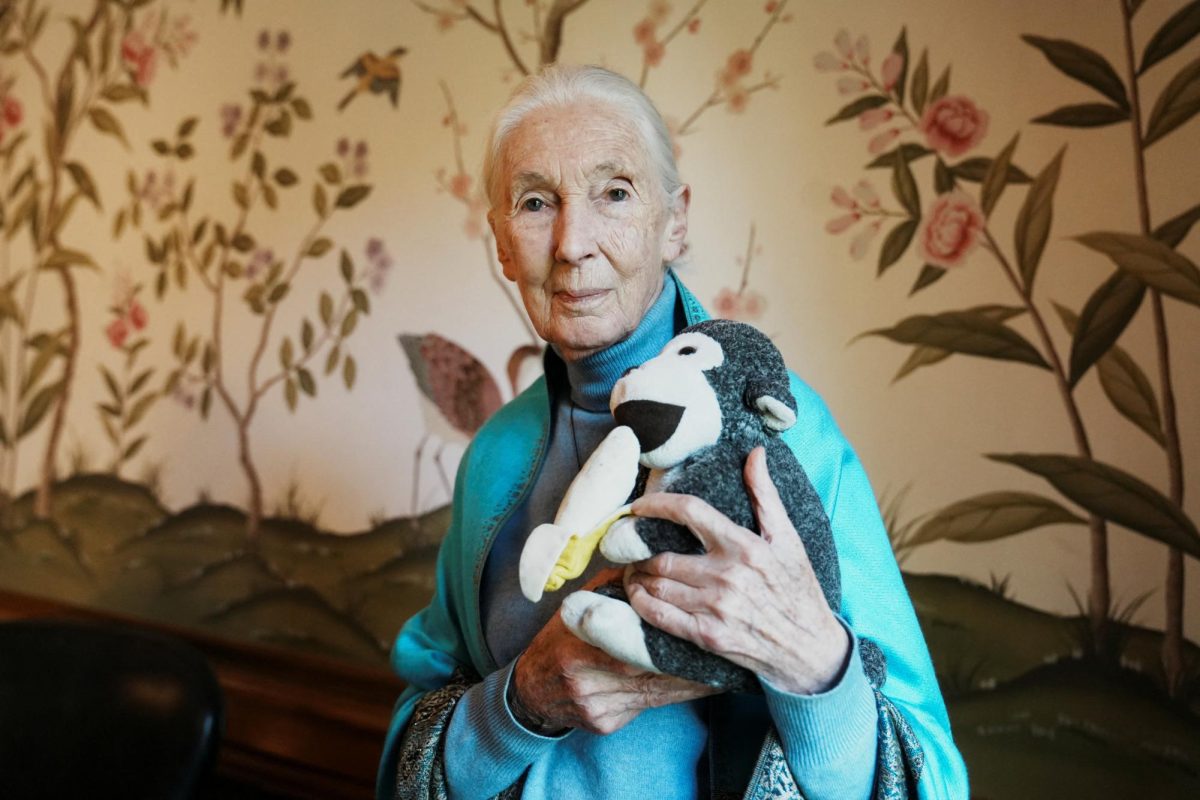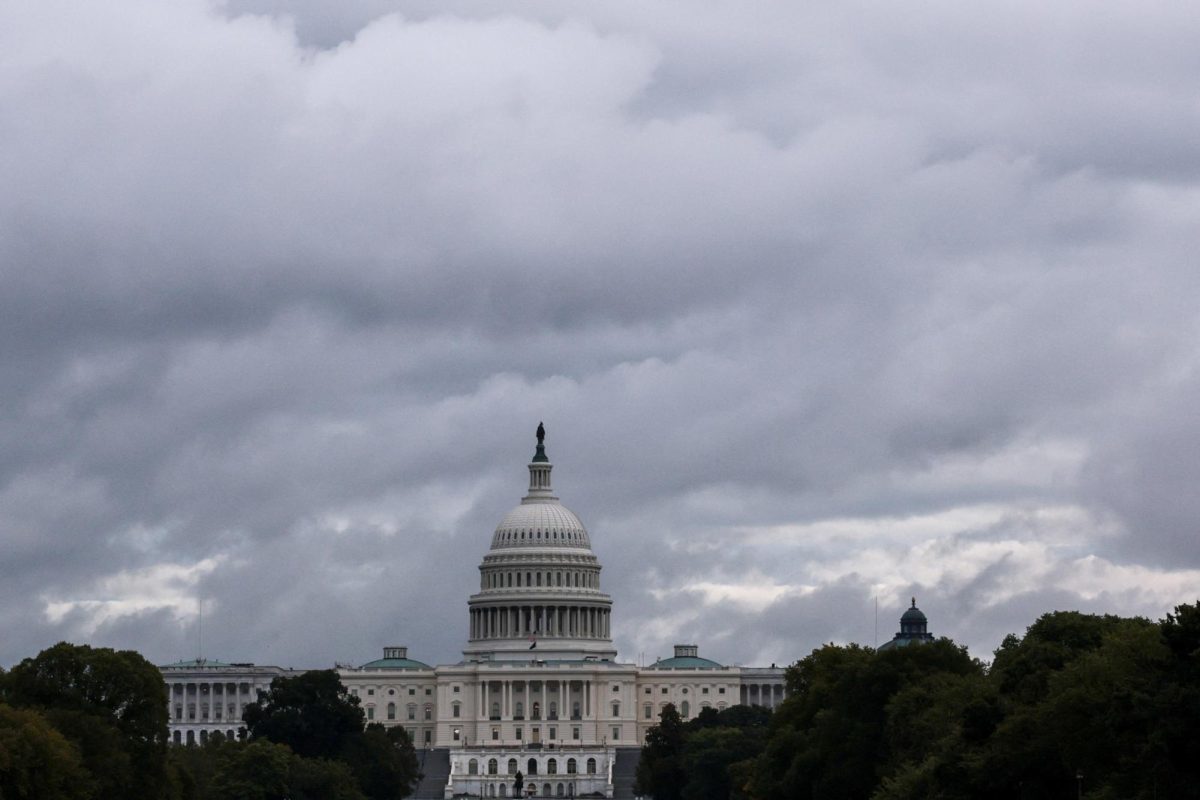TAXIDERMY IS WRONG
By: Sofia Didenko, Assistant Opinion Editor
Do the living owe bodily autonomy to the dead, when all that’s left behind are their bodies? After all, the dead don’t have much to say about it.
Despite this, the bodies of the dead are not treated as objects in most societies. Humans tend to uphold the dignity of the body even after death as a sign of respect for the life of the person who had it.
Historically, we fulfill people’s wishes on how they want their bodies processed after death. For instance, the nobility of ancient Egypt knew that their bodies would undergo the practice of mummification, which was seen as a symbol of status and honor in their culture.
Similarly, cremation and burial practices are often post death choices deeply connected to the culture and spirituality the person participated in while living.
People can choose to become organ donors, or donate their bodies to science, or have a traditional burial, or be cremated, or many other alternatives. These are all seen as acceptable practices because they fulfill the wishes of the people they belonged to .
We should hold a similar respect for animal life, even after death. Sometimes, pet owners will taxidermy their pets as a way to keep them around forever. The intention of this process, while often rooted in love, disregards the animals’ autonomy and reduces their existence to an object. Unlike humans, they do not have a say in this matter.
To take it a step further, many hunters taxidermy the heads of animals they have killed and display them as a symbol of pride. This practice not only strips away the animal’s dignity but also glorifies the act of taking their lives, often for sport, turning their deaths into trophies rather than a reminder of love or respect, as is often the case with pets.
But is it our right as humans to intervene with the natural decaying process of animals and decide what happens to their bodies? Is it fair to the animals to artificially preserve them and take their bodies apart for something as trivial as decoration? We interfere with the natural decay of humans when we prepare their bodies for post death rituals, but this is a choice and a social tradition which does not extend beyond humans.
There is a concept known in Lakota, a Native American language, – Mitákuye Oyás’iŋ- it means “all my relations.” This philosophy cherishes the interconnectedness of all beings. It teaches that humans, animals, plants and the natural world are all equally tied together and that we all have inherently equal value on Earth.
Many of us hold animals, specifically pets, dear to us and respect them enough to keep them safe and loved during life, and we can acknowledge that they are intelligent and emotional beings with needs similar to our own. If we can accept that animals live fulfilling and dynamic lives similar to humans, then it’s only fair to grant the same dignity to their bodies as we do to humans.
By reducing animals to objects for human display, it elevates humans above animals and denies their rightful place in the interconnected cycle of life and death. It treats animals as lesser and undermines the respect owed to all bodies.
While humans have the agency to decide how to honor their own bodies after death, animals are not afforded that same choice, nor do they have the capacity to consent to how their bodies are treated, Therefore, it is neither our right nor our place to impose such decisions upon them.
TAXIDERMY ISN’T WRONG
By: Lucy Atkinson, Opinion Columnist
Taxidermy must – severe emphasis on the must – be handled ethically, but it’s not a practice that should be labeled inherently wrong.
Often taxidermy’s criticisms branch from important criticisms of unethical trophy hunting and poaching. Humanity’s capacity for inhumanity has long been exhibited through our treatment of other creatures.
But the act of hunting itself is not evil: to hunt is to be a living, breathing, feeding animal – as we are.
And to hunt with compassion for the preciousness of life is perfectly ethical for an omnivorous species, certainly more ethical than the cruelty ingrained so harshly in the modern meat-industry. A wonderful reason to hunt is that for every meat-containing meal which is hunted ethically, one less industrial hamburger is bought from the stores.
Large-scale slaughterhouses mock and waste life where it could be fully utilized.
Taxidermy provides another way for hunters to ensure no piece of life goes unused or taken for granted. It can only be considered wrong if it results from unethical hunting, and just as there will always be a demand for hamburgers, there will always be a demand for taxidermied pieces.
Humans are a decorative animal, after all, a trait we share with many birds. We are inclined to collect things we like, to put up decorations we enjoy – and we are not a worse species for that.
For some, taxidermy is disturbing. It can be hard to look at something that has ceased to live: To feel and run and play and exist. That’s a lot to wrap your head around.
But for others, taxidermy provides a way to honor and admire natural beauty so different from our own. Many museums use taxidermy to inspire interest in the natural world, educate and promote research and scientific study.
If taxidermy can force someone to come to terms with the magnificence of another species and create a new animal-lover who can push for ethical change, it is creating a good effect.
If it can help someone find beauty in death, it creates a healing effect. Some people even use taxidermy on beloved pets, which – while not for everyone – isn’t a choice that should face judgment. We all handle death in different ways.
There will never be a valid reason to treat another living creature as something to conquer or collect. Our species’ careless habit of destroying life will haunt our memory in Earth’s history book when we’re gone.
As consumers, it’s our responsibility to minimize unnecessary pain, support ethical sources of animal-derived products and shuck off the too-old notion that we are better – in any way – than other living beings.
But as a species, we will always kill other animals; we have built centuries of cultures and technologies off of our status as omnivores. And if a celebration of life can come from those deaths, while sustenance remains the primary reason for killing, that’s not a bad thing.


